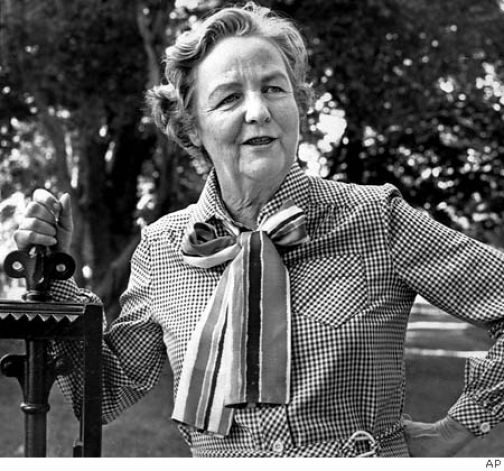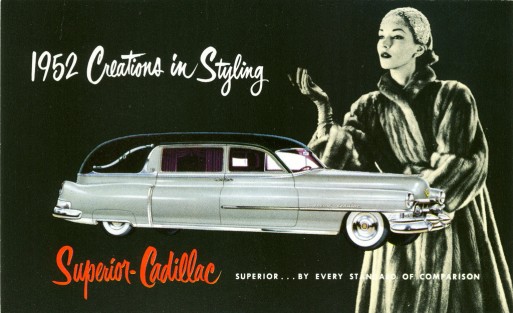A popular joke goes a little something like this: one fish swims up to another fish and asks, “How’s the water?” The other fish responds, “What the hell is water?”
David Foster Wallace and Derek Sivers have used this joke to talk about why it’s so hard for us to describe the culture around us. It’s easy for us to see the cultural traditions of people in far away lands, but seeing our own traditions is trickier. We’re only fish, after all.
What is a traditional funeral rite in the United States? Do we usually bury our loved ones or do we cremate them? Why?
The answers to these questions aren’t exactly clear. In 2011, about 42 percent of those who died in the United States were cremated. Compare this to India, which has a cremation rate of 85 percent, and you’ll see how few ubiquitous traditions we have in this country when it comes to death and dying.
As Caitlin Doughty explains in her book Smoke Gets In Your Eyes And Other Lessons From The Crematory, you might not realize we’ve actually experienced a huge cultural shift surrounding death in this country. This shift has taken less than half a century to unfold.
This is due in part to journalist Jessica Mitford’s influential nonfiction work, The American Way Of Death, Doughty says.
Film stars paid thousands of dollars for top-notch preservative treatments after their deaths.
Prior to the 1960s, a funeral was an extravagance. Funeral directors like Hubert Eaton pushed for all-out glamour at funeral services. People were embalmed with expert care; they were made up to look like exquisite corpses. Film stars paid thousands of dollars for top-notch preservative treatments after their deaths.
Mitford lambasted Eaton’s focus on beautiful bodies, ornate caskets and modern marbled sepulchers. She argued that funeral directors would prey on families at their most vulnerable moments, up-selling thousands of dollars in funeral merchandise. The salesmen in her exposé would ask questions like, “Don’t you want the best for your loved one?” In this case, the best often meant an expensive plot of land.
Before Mitford’s book became a success, the national rate of cremation was about four percent. Compared to today’s figures in the 40 percent range, something is happening with our death and dying traditions.
Why has this happened?
As more options get pushed into the spotlight, people gravitate toward the latest trend.
Mitford’s exposé on funeral homes cannot account for the entirety of this cultural shift. Many would say they have never even heard of her book. She simply laid the groundwork for the consideration of cheaper options such as cremation. As more options get pushed into the spotlight, people gravitate toward the latest trend.
What makes the United States so susceptible to cultural shifts in our death traditions is that this country has never truly had one common tradition. At least, we have never had a tradition as prevalent as those in countries such as India or Japan.
In the United States, it’s actually most common to have a different type of funeral than your mother or grandmother had.
Many families in other cultures would never dream of having different funeral rites than their parents and grandparents. They have traditions that go back generations, and that often have a deep spiritual meaning. In the United States, it’s actually most common to have a different type of funeral than your mother or grandmother had.
As more people choose cremation and fewer choose burials, the death culture in the Western world will likely continue to shift until cremation is the option most people choose. However, as other options such as green burials gain popularity, there’s no telling how long cremation will reign in the United States before it’s also pushed out of style.

 The Shift From Burials To Cremation In Western Culture
The Shift From Burials To Cremation In Western Culture




 “Help Me, Helen”
“Help Me, Helen”
 Recovering Cremation Remains After the Los Angeles Fires
Recovering Cremation Remains After the Los Angeles Fires
 “As Tears Go By” by Marianne Faithfull
“As Tears Go By” by Marianne Faithfull














